What is the tolerance range of precision screws?
What is the tolerance range of precision screws?
Service Hotline
+86760-8787 8587We have more than ten years of experience in screw industry production, the main products are: customized external tooth gasket, chamfered bolt, countersunk head screw bolt, copper button rivet, round isolation column, S-shaped guardrail screw, internal force gecko implosion Bolts, Nut Screws, Flat Head Full Hexagon Lamella Rivet Nuts, Male and Female Round Studs, High Strength Grade 10 Hex Flange Nuts, Black Pan Head Screws, Multi-Drum Blind Rivets, Stainless Steel 304 Screws, Carbon Steel Fine Thread Fasteners such as screws, due to the different materials and specifications of the products, the prices are also different, please contact us if necessary.


The Greek mathematician Arkutas once described the principle of screw, screw, screw. In the first century AD, the Mediterranean world had begun to use wood screws, screws, and screws in screw presses that could press olive oil from olives, or make wine from grapes. Before the fifteenth century, metal screws, screws, screws were rarely used as fasteners in Europe. Rybczynski (Rybczynski) proves that hand-held screwdrivers and screwdrivers existed in the Middle Ages (at the latest AD 1580), but it was not until the eighteenth century that threaded fasteners were commercialized and began to be widely used. . Before threaded fasteners were widely used, there were many different ways of tightening. Mostly related to woodworking and forging, and less to machining, concepts such as dowels and pins, wedges, tenon and tenon, dovetails, nails, forge welding, and others are tied with leather or fiber and tied together. Before the mid-nineteenth century, ships were built with cotter pins, pin bolts, or rivets. There were also adhesives, but not as many as they are here today. Metal screws, screws, and screws became commonly used fasteners after the use of machine tools in the 18th century to mass-produce screws, screws, and screws. This technology developed around the 1760s and 1770s, along two separate processes. Approaches, but quickly converged: wood screws, screws, screws (metal screws for wood fixing, screws, screws) are machined with single-purpose, high-yield machines, and low-volume, mold shop style production V-Thread Machine Screws, Screws, Screws, can choose from a variety of different pitches.
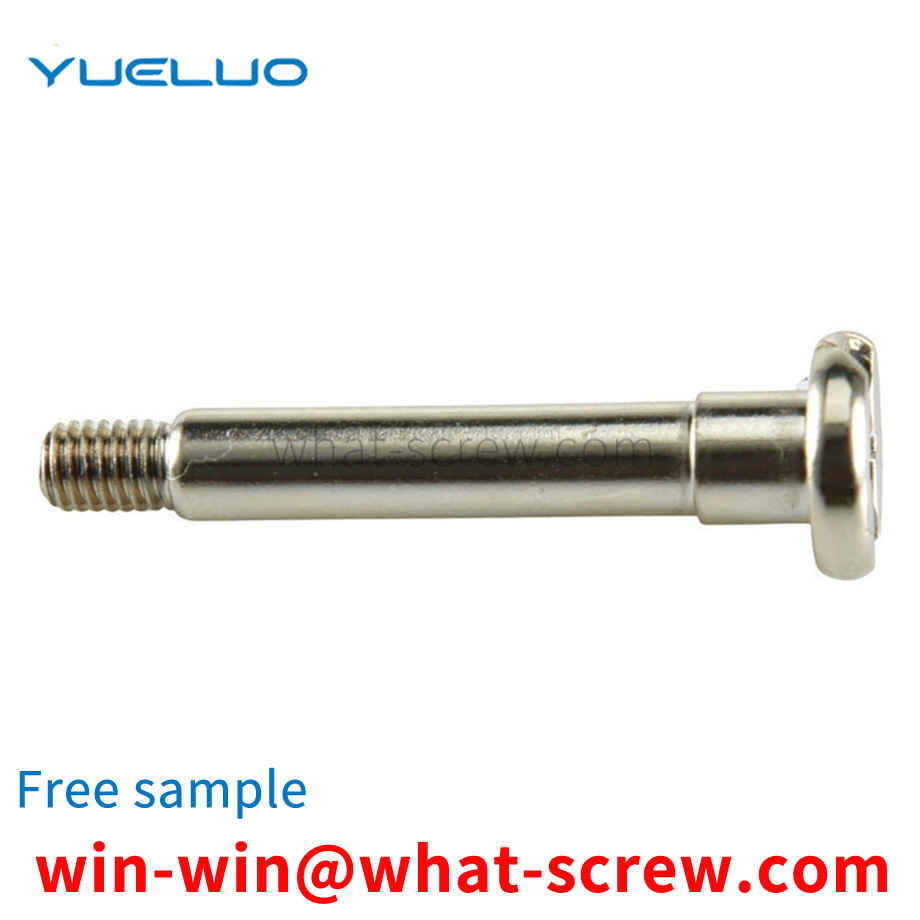
through-hole mounting nut, comprising a hexagonal portion 1 and a cylindrical portion 2, a threaded hole 3 is provided between the hexagonal portion 1 and the cylindrical portion 2, and two grooves 4 are opened on the cylindrical portion 2, and each of the two sides of the groove 4 has a The raised side 5, the two sides protruding from the sheet metal part 7, if squeezed or hit by the bolt 8, it will bend to both sides and buckle on the sheet metal part, so that it is not welded directly. Rubber can also be used. Each of the upper surfaces of the side edges 5 is provided with a convex point 6 so that the hammer will not slip when hitting.
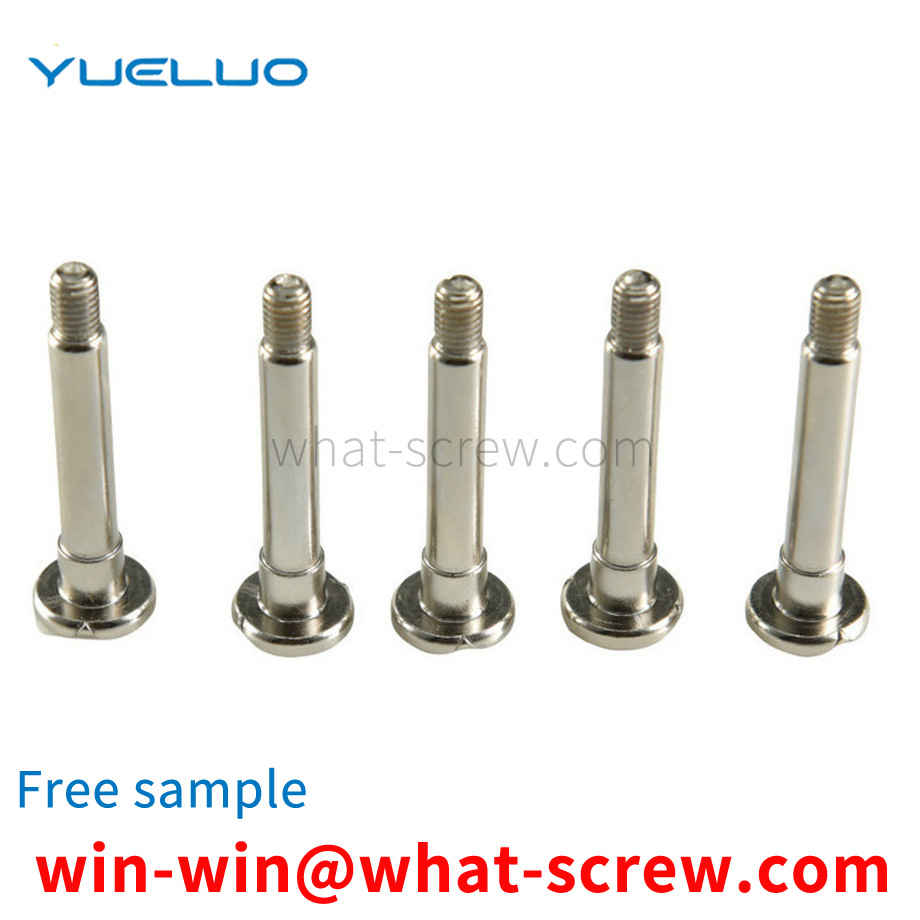
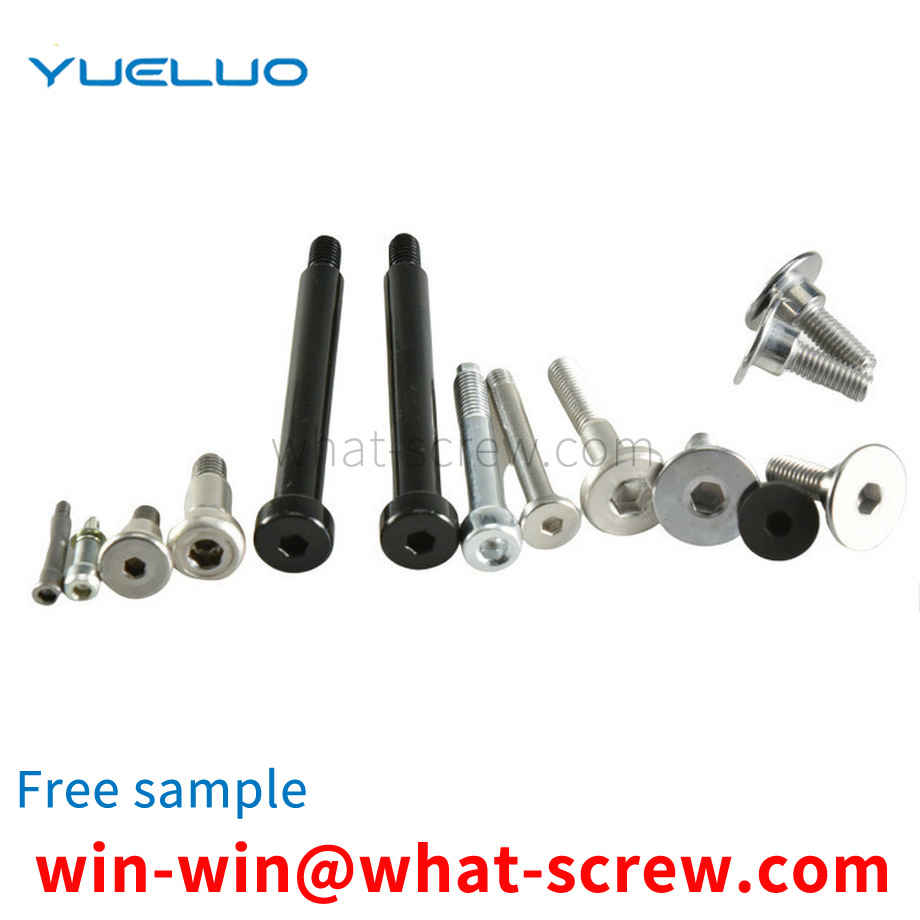
Flat washers are generally used in connectors, one of which is soft and the other is hard and brittle. Its main function is to increase the contact area, disperse the pressure, and prevent the soft texture from being crushed. The basic function of the spring of the spring washer is to give a force to the nut after the nut is tightened to increase the friction between the nut and the bolt! The material is 65Mn (spring steel), the heat treatment hardness is HRC44~51HRC, and the surface is oxidized.
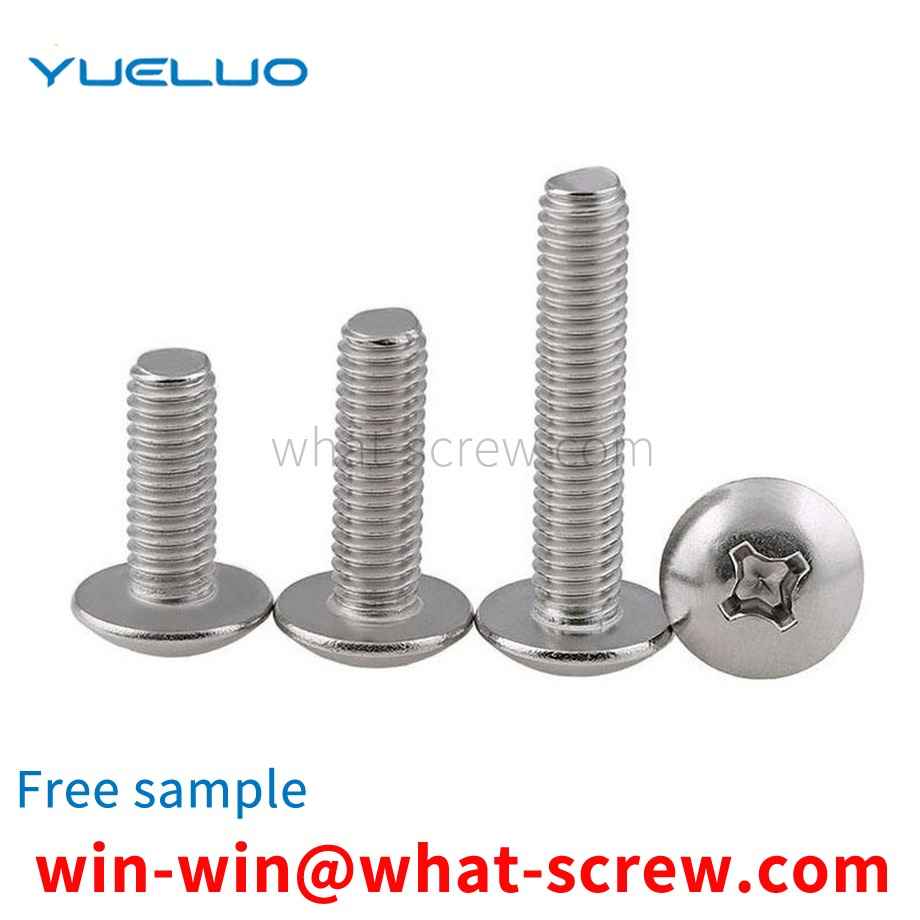
The bolt performance grade label consists of two parts of numbers, which represent the nominal tensile strength value and yield ratio of the bolt material respectively. For example: a bolt with a performance level of 4.6, its meaning is: 1. The nominal tensile strength of the bolt material is 400MPa; 2. The yield ratio of the bolt material is 0.6; 3. The nominal yield strength of the bolt material is 400×0.6=240MPa Grade 10.9 high-strength bolts, after heat treatment, can reach: 1. The nominal tensile strength of the bolt material reaches 1000MPa; 2. The yield ratio of the bolt material is 0.9; 3. The nominal yield strength of the bolt material reaches 1000×0.9=900MPa class
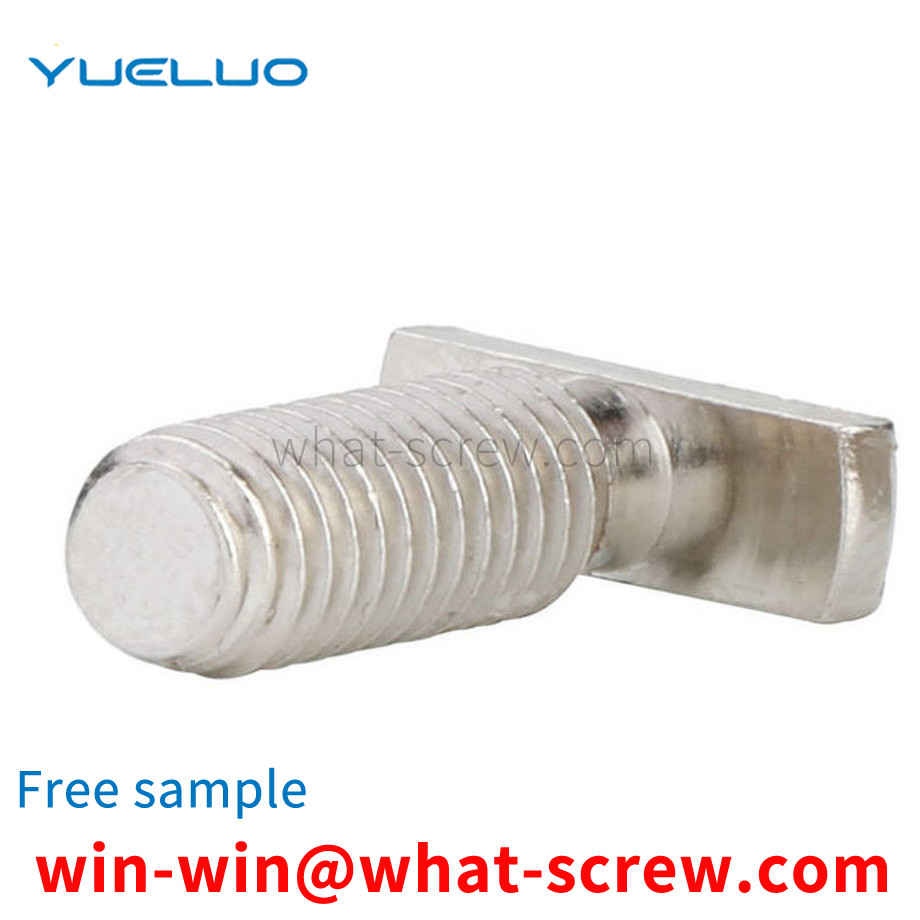
The above content is uploaded by Yueluo or the Internet. If there is any copyright issue, please contact [email protected].

What is the tolerance range of precision screws?

How to choose the right stainless steel screw manufacturer?

Why is there an R angle under the head of the hexagon head s...

We have more than ten years of production experience in the ...

We have more than ten years of experience in the production ...

We have more than ten years of experience in the production ...

We have more than ten years of experience in screw industry ...